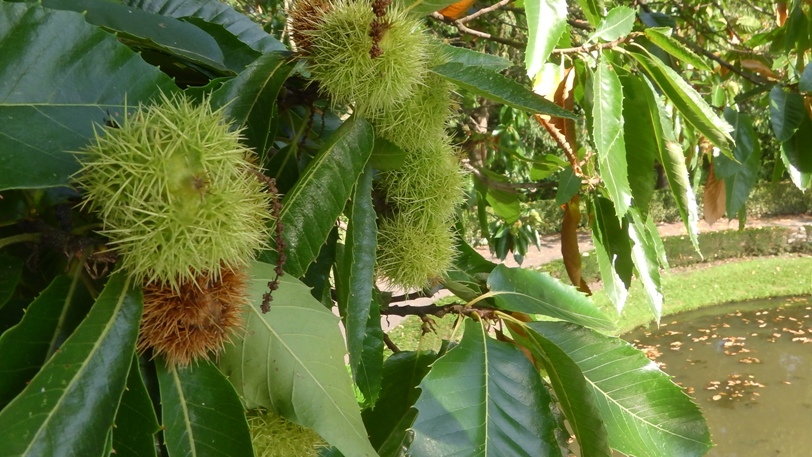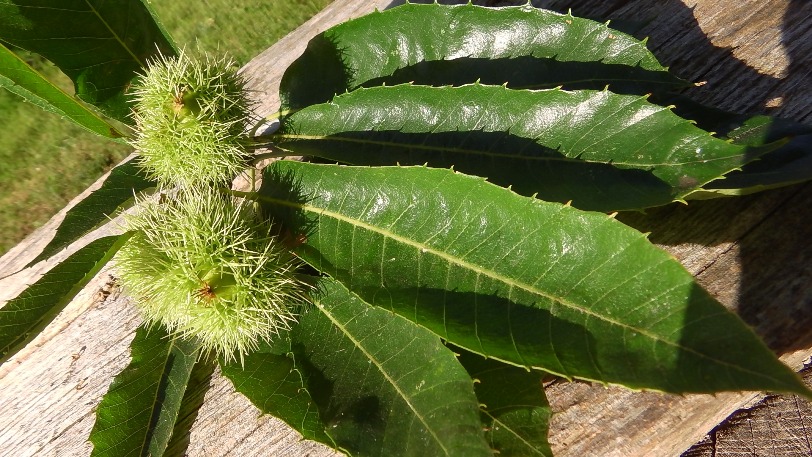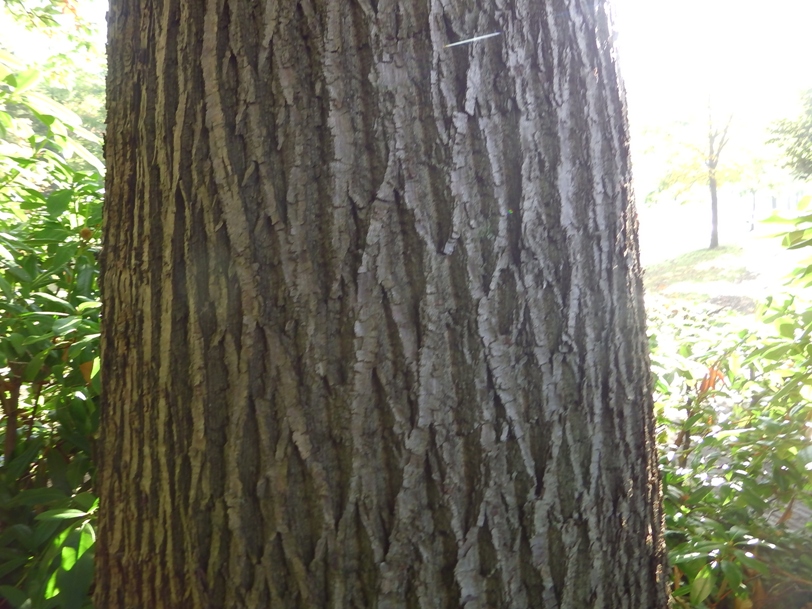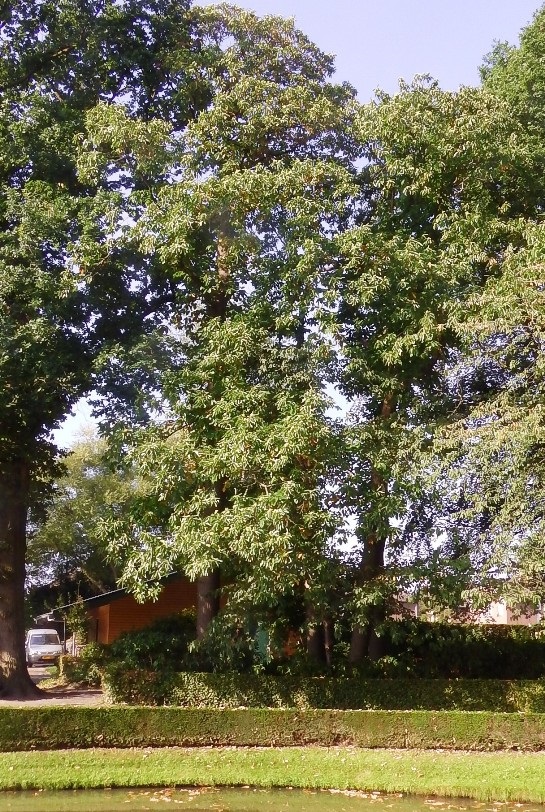Sweet Chestnut
Castanea sativa
Beech family (Fagaceae)
The only edible chestnut
The sweet chestnut has long played a role in human society. Romans cultivated it to supplement the food given to their legionnaires. Without doubt the sweet chestnut has long been established in the Netherlands but its native habitat is far to the south in a region around the Mediterranean and Black Sea. From the Middle Ages sweet chestnut trees were widely planted in monastery gardens, on estates and in the foothills of mountains such as those on the island of Corsica. The sweet chestnut tree is highly prized for its seeds (nuts) and wood. Roasted chestnuts are extremely tasty and the durable chestnut wood is used to make, amongst other things, sheep pens.
Often there is confusion between the sweet chestnut and the horse chestnut but the only similarity is in the name – chestnut – as the seeds, the nuts, only bear a superficial resemblance to one another.
Read more.... »Themes
Crown jewel in the Botanical Garden Arboretum Oudenbosch.
Genesis 30:37 states that Jacob peeled rods of green poplar, hazel and chestnut. In Ezekiel 31: 8 the chestnut is compared with the cedar.
Roasted chestnuts are a highly nutritious delicacy. Chestnut puree is widely used in French cuisine.
Chestnut wood is durable but its harvest is restricted in the Netherlands. In England it is coppiced to make fences, poles for hops and fence posts, as well as walking sticks and umbrellas. In the furniture industry it is used as a veneer, panelling and floorboards. Old trees have ring cracks and are suitable only for firewood and charcoal production.
Details
| Description: | Tree, on average taller than 12 m |
|---|---|
| Distributions: | Europe, mediterranean region |
| Habitat: | Forest tree, slope forest and forest margins |
| Year cycle: | Perennial (polycarpic decidous) |
| Hardiness: | -4 - 5 f (hardy - very cold winter) |
| Flowering period: | Juni |
| Flower color: | White, green |
| Notes on flowers: | Male flowers are white; female flowers are green. |
| Fruiting period: | Oktober |
| Fruit color: | Various colours |
| Notes on fruits: | Husk, green; seed grey-brown |
| At its best: | Juni |
Sources
www.wilde-planten.nl/tamme%20kastanje.htm,www.pfaf.org /user/plant.aspx?LatinName=Castanea+sativa,
www.floravannederland.nl/planten/tamme_kastanje,
https://waarneming.nl/soort/6564,
http://www.floron.nl/publicaties/rode-lijst-2012,
IUCNredlist.org,
https://en.wikipedia.org/wiki/Castanea_sativa,
Dendrologie van de lage landen - Jan de Koning en Wim van den Broek , Nederlandse Oecologische Flora 1: 103, Bomen hun vorm en kleur - Dr. B.K. Boom en H.Kleijn



